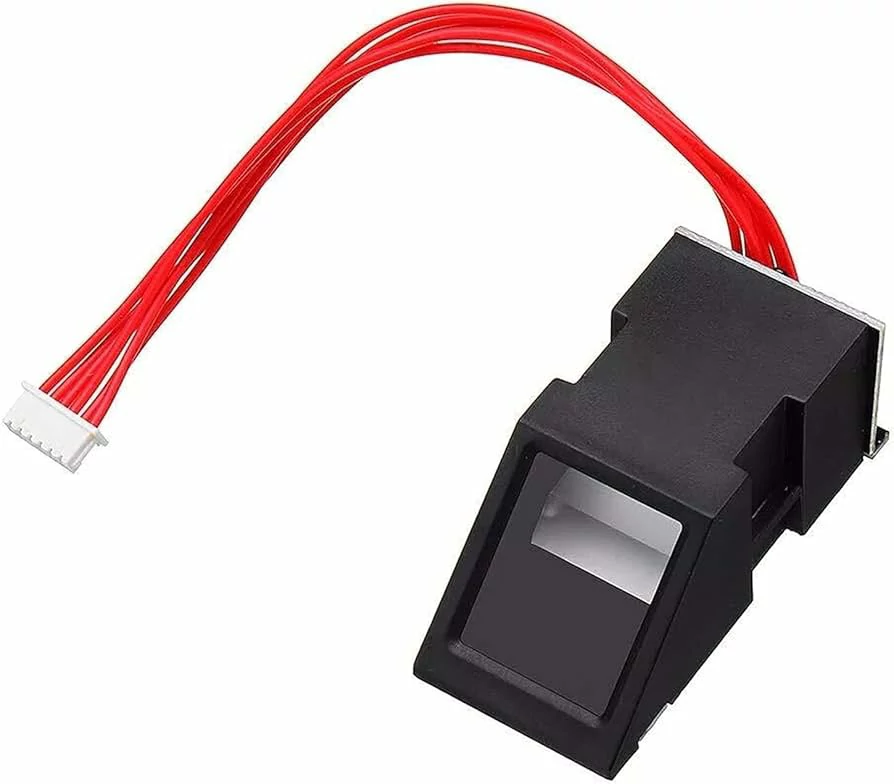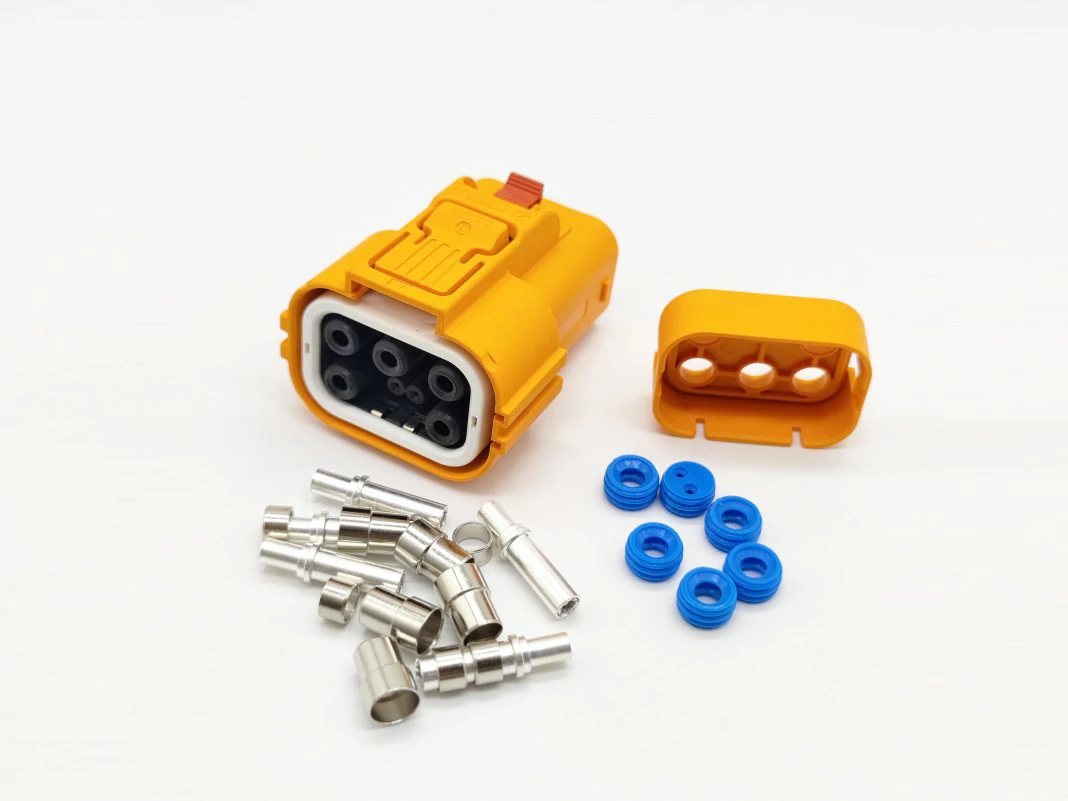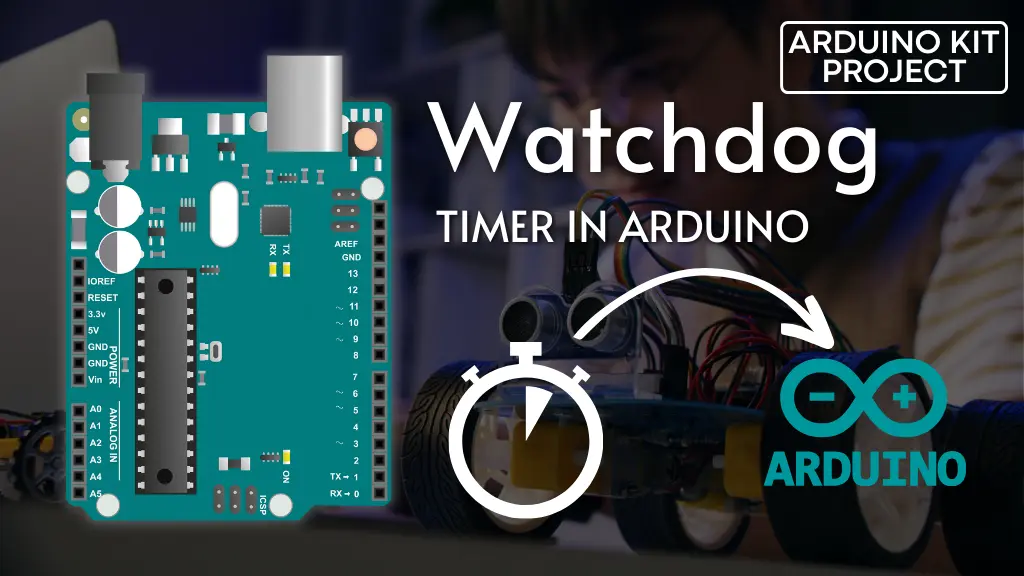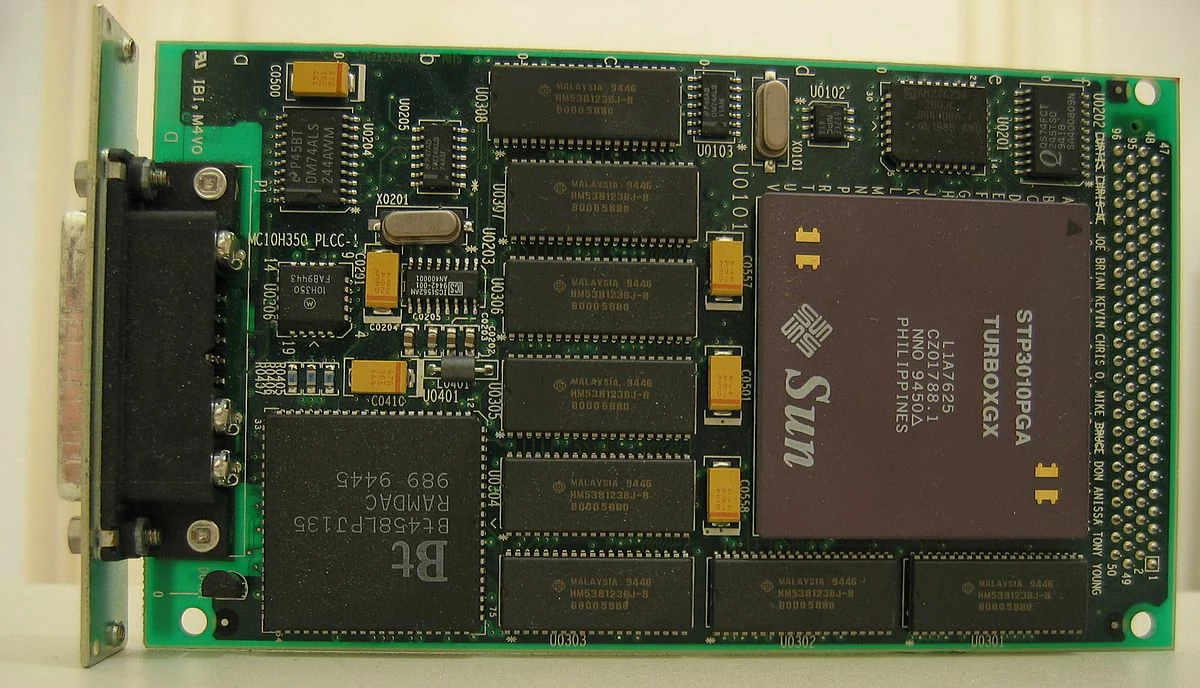About the black matrix in the display Main component Black...
Data storage for DC charging pile microcontrollers: digital memory for smart charging
In the precise operation of DC charging pile, the data storage of microcontroller plays a crucial role. They are the digital memory bank of the system, responsible for storing control procedures and key data, ensuring continuity and reliability of the charging process.
Main component
Concept:
Data storage refers to the storage devices inside the microcontroller, and they include random access memory (RAM) and read-only memory (ROM). These memories not only store the firmware and operating system of the microcontroller, but also temporarily store real-time data during the charging process, such as parameters such as current, voltage and temperature. In some high-end applications, external extended memory, such as EEPROM or Flash memory, may also be included to store more data and configuration information.
Function:
1. Program storage: the ROM or Flash memory in the data storage is used to store the firmware of the microcontroller, which is loaded into the RAM for execution when the charging pile is started.
2. Data cache: RAM is used to store real-time data, such as sensor readings and user input, which is constantly updated during charging and is used for real-time monitoring and control.
3. Parameter configuration: Data storage is also used to save the configuration parameters of the charging pile, such as charging current, voltage limit, etc. These parameters can be adjusted according to needs.
4. History record: Part of the memory space is used to record the charging history, including the detailed information of each charge, such as charging time, electricity, user information, etc., in order to facilitate subsequent data analysis and fault diagnosis.
Working Principle:
1. Program loading: When the charging pile starts, the microcontroller reads the program code from ROM or Flash memory and loads it into RAM, ready for execution.
2. Data exchange: During the charging process, the microcontroller constantly reads data from the sensor and stores it in RAM, while writing the processing results and control commands back to the memory or sending them to other modules.
3. Persistent storage: For data that needs to be stored for a long time, such as charging records and configuration parameters, the microcontroller writes them to non-volatile memory, such as EEPROM or Flash memory, to ensure that the data will not be lost after power failure.
4. Data recovery: When the charging pile is restarted, the microcontroller can recover the previously saved data from the non-volatile memory and seamlessly continue the previous working state.
Sum up
Through this working principle, the data storage of the DC charging pile microcontroller ensures the intelligence and automation of the charging process, improves the charging efficiency and safety, and provides users with a convenient and reliable charging experience.
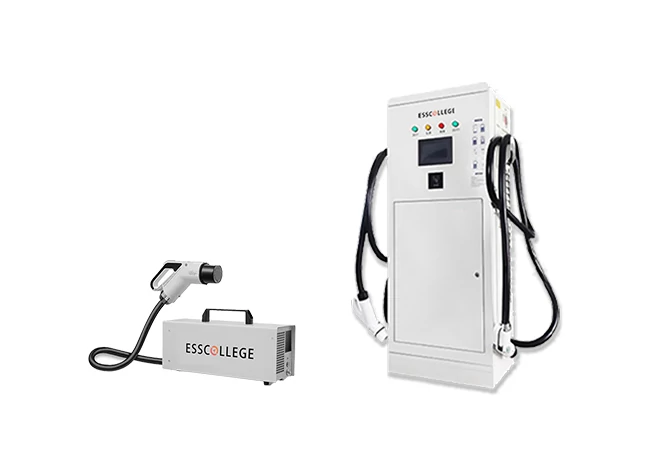
DC CHARGING PIlE SERIES
DC charging pile is an efficient charging facility for electric vehicles, which uses direct current (DC) to directly charge the vehicle battery, significantly reducing the charging time. Compared with traditional AC charging piles, DC charging piles are able to provide higher power output and can usually charge an EV to 80% of its capacity in 30 minutes, providing users with a convenient charging experience.
Extended reading
Power and Communication Interface of DC charging pile reader
Power and Communication Interface of DC charging pile reader Main...
Contact Material of DC charging pile
Contact Material of DC charging pile Main component Concept: DC...
Connector design for mechanical locking devices
Connector design for mechanical locking devices Main component Key elements...
Watchdog Timer for DC charging pile microcontrollers: Guardian of system stability
Watchdog Timer for DC charging pile microcontrollers: Guardian of system...
Dc charging pile display chip Framebuffer
Dc charging pile display chip Framebuffer Main component Concept: The...
THE ESSC Brand promise
Global supply
Our products sell well all over the world, covering many countries and regions, through the global logistics network, to provide customers with convenient purchasing experience.
Rigorous quality
We adhere to the highest quality control standards to ensure every product meets industry regulations and customer expectations, earning trust through consistent excellence.
Excellent service
With a customer-centric approach, we provide prompt responses, professional support, and personalized services, aiming to deliver the best user experience and long-term value.

